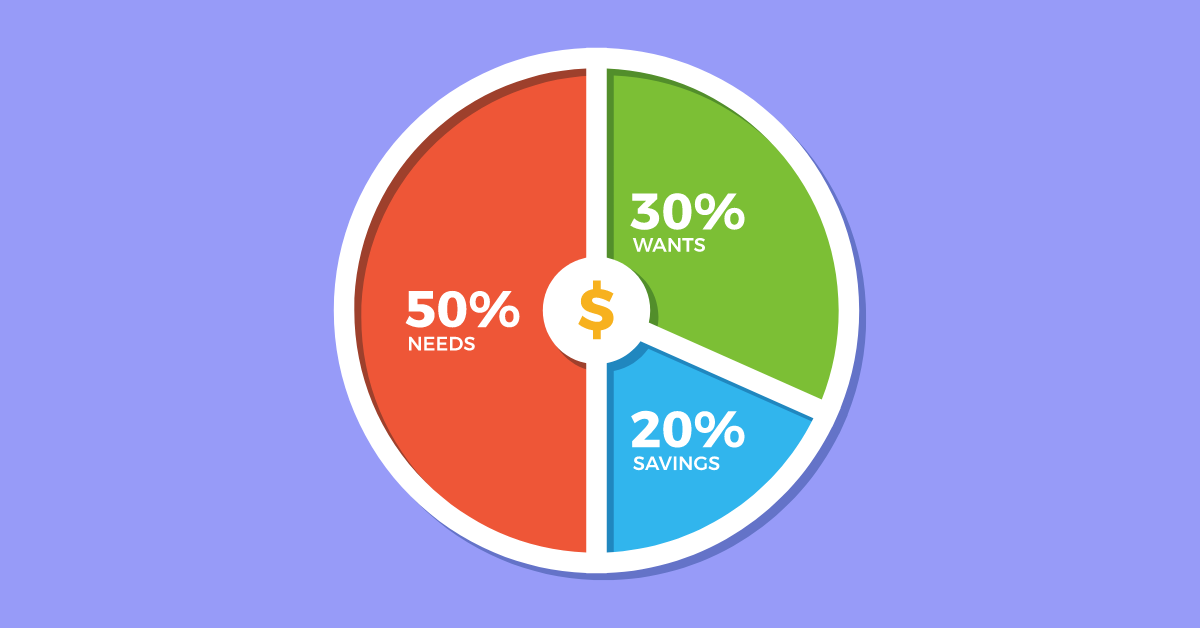Companies need to make various decisions, either out of compulsion or for growth or survival. The company may need to restructure to improve fundamentals, performance, and competitive position. One such restructuring decision the company may need to consider is recapitalisation.
This article talks about the meaning, types and reasons for recapitalisation.
What Is Recapitalisation?
Recapitalisation refers to the alteration in the company’s capital structure, i.e. the combination of debt and equity the company uses to finance its operations, growth and other requirements. In recapitalisation, one type of capital is replaced by another, say equity with debt, debt with equity, preference shares with debt, etc.
Understanding Recapitalisation
A company decides its capital structure based on the type and size of the business, life cycle stage, cost of capital and other such factors. However, changes in the company’s financial condition and the above factors may motivate the company to go for recapitalisation. With recapitalisation, the company’s debt-equity ratio changes.
Investors may welcome some types of recapitalisation while might assume others as negative.
Discover stocks that suit certain filter criteria and dive into details to check their WealthBaskets.
Types Of Recapitalisation
Leveraged recapitalisation
Leveraged recapitalisation is when the company increases the portion of debt and reduces the percentage of equity in the total capital by replacing a part of equity with debt. In this, the company uses borrowed funds to buy back shares. For instance, a company may issue three bonds against one equity share.
A company may go for debt recapitalisation when its stock price is falling. A reduced number of outstanding shares would help the company to increase earnings per share (EPS) and, thus, price per share.
Leveraged buyout
A leveraged buyout is when an outside party acquires the company using a substantial amount of borrowed funds. The acquiring company also uses the assets of the target company (the company being acquired) as collateral to borrow required funds, which are used to meet the acquisition cost.
Here, the primary intent may not be recapitalisation; instead, it is a result of leveraged buyout transactions. Because of increased debt obligations, the company’s capital structure automatically changes.
Dividend recapitalisation
Dividend recapitalisation is when the company raises funds by issuing new debt securities and uses those funds to reward the shareholders with special dividends. Thus, the company increases debt and reduces the equity in the total capital mix.
Equity recapitalisation
Higher debt means more financial burden and reduced cash flow and profit due to regular interest payments. To deal with this problem, the company may go for equity recapitalisation, i.e. raise funds by issuing new equity and use those funds to buy back debt securities.
In stock recapitalisation, the company replaces the portion of the debt with equity in the total capital mix.
Nationalisation
Nationalisation is a form of recapitalisation in which the government takes a substantial equity stake in a private company. There can be various reasons for nationalisation. For example, a company important to the country is facing bankruptcy or financial issues, or the government wants to acquire a stake in a highly profitable company, etc.
Reasons To Consider Recapitalisation
To reduce the debt burden
Debt financing comes with the need to pay regular interest to lenders; therefore, higher debt means a higher financial burden. The company must also repay the debt at a prefixed maturity date. To reduce the financial burden, the company may choose to replace a portion of debt with equity.
To stabilise the share price
The declining stock price may create a problematic condition for any company. The company may go for recapitalisation and issue debt to buy back shares to prevent the stock price from falling further. A reduced number of outstanding shares will likely increase EPS and share price.
To avoid bankruptcy
When a company faces issues related to liquidity and solvency, it may consider recapitalisation to prevent bankruptcy and survive longer. It may pledge its assets and raise equity or debt. If the company is important to the economy, the government may help by infusing capital.
To prevent a hostile takeover
A hostile takeover is when a company tries to take over a target company against the willingness of the target company’s management and directly goes to the company shareholders. The target company may repurchase the shares and gain control to prevent a hostile takeover. Or it may issue debt and make the company look less attractive to the acquirer.
Conclusion
Recapitalisation is simply the change in a company’s equity-debt mix. All types of recapitalisation have their own set of advantages and disadvantages. Therefore, companies may opt for one based on their requirements and objectives, and they may go for one when they see potentially more benefits than the cost of recapitalisation.
At WealthDesk, we help you invest in readymade WealthBaskets, the research-backed combinations of equities and ETFs that reflect an idea, theme, or strategy. SEBI-licensed professionals build and manage these WealthBaskets.
FAQs
Various methods of recapitalisation are cash to equity, debt to equity, non-cash contribution equity, additional payment to equity, etc.
In recapitalisation, the company’s capital structure changes, i.e. the proportion of equity and debt in the total capital alters.
Recapitalisation is not necessarily an acquisition but can be the result of the acquisition. When a company borrows funds and uses them to acquire another company, recapitalisation is an automatic outcome.
Whether recapitalisation affects the shareholders’ equity depends on the type of recapitalisation the company chooses. Leveraged recapitalisation, equity recapitalisation and nationalisation could affect shareholder’s equity, whereas leveraged buyout may not or only affect a little.
Banks need to maintain the statutory minimum capital reserves, and in case of a shortage of funds, the government may opt for the recapitalisation of state-run banks.


















